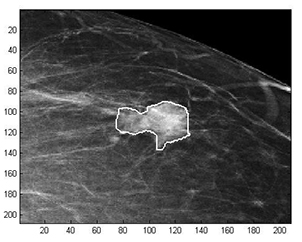Latest News Archive
Please select Category, Year, and then Month to display items
18 May 2023
|
Story KEKELETSO TAKANG
|
Photo PEXELS

The initiative is not only aimed at getting potential (nascent) entrepreneurs (students, lecturers, stream of external entrepreneurs) actively involved in entrepreneurship, but also to keep them engaged and take them through a value chain to enable them to establish and run a sustainable business. The Business Management Start-Up Initiative will equip students with practical experience, along with the theoretical knowledge that they will accumulate, thus delivering resilient, capable, proudly Kovsie students to industry.
Students will fundamentally understand how business works, improving their employability when they enter a business as employees, and providing them with the skills to become self-employed.
Students can look forward to several interactive sessions with knowledgeable presenters, who will guide them through a well-structured process to continuously evaluate their business ideas against the knowledge gained. Moreover, the active involvement of mentors implies that students will have access to expert sounding boards for advice and motivation. Lastly, due to the partnerships with external stakeholders, students will be exposed to ‘real-life’ industry situations, exposing them to a wealth of industry-specific knowledge.
And just in case that is not enough to get you excited, let the possibility of funding for your new venture be the last drop of motivation you need to fill your tank for action!
Come join the Business Management team every Wednesday between 13:00 and 14:00 in the Flippie Groenewoud Gebou (FGG) 378 to be part of this exciting opportunity!
For more information on the initiative and the topics, click here.
Mathematical methods used to detect and classify breast cancer masses
2016-08-10
 Examples of Acho’s breast mass
Examples of Acho’s breast mass
segmentation identification
Breast cancer is the leading cause of female mortality in developing countries. According to the World Health Organization (WHO), the low survival rates in developing countries are mainly due to the lack of early detection and adequate diagnosis programs.
Seeing the picture more clearly
Susan Acho from the University of the Free State’s Department of Medical Physics, breast cancer research focuses on using mathematical methods to delineate and classify breast masses. Advancements in medical research have led to remarkable progress in breast cancer detection, however, according to Acho, the methods of diagnosis currently available commercially, lack a detailed finesse in accurately identifying the boundaries of breast mass lesions.
Inspiration drawn from pioneer
Drawing inspiration from the Mammography Computer Aided Diagnosis Development and Implementation (CAADI) project, which was the brainchild Prof William Rae, Head of the department of Medical Physics, Acho’s MMedSc thesis titled ‘Segmentation and Quantitative Characterisation of Breast Masses Imaged using Digital Mammography’ investigates classical segmentation algorithms, texture features and classification of breast masses in mammography. It is a rare research topic in South Africa.
Characterisation of breast masses, involves delineating and analysing the breast mass region on a mammogram in order to determine its shape, margin and texture composition. Computer-aided diagnosis (CAD) program detects the outline of the mass lesion, and uses this information together with its texture features to determine the clinical traits of the mass. CAD programs mark suspicious areas for second look or areas on a mammogram that the radiologist might have overlooked. It can act as an independent double reader of a mammogram in institutions where there is a shortage of trained mammogram readers.
Light at the end of the tunnel
Breast cancer is one of the most common malignancies among females in South Africa. “The challenge is being able to apply these mathematical methods in the medical field to help find solutions to specific medical problems, and that’s what I hope my research will do,” she says.
By using mathematics, physics and digital imaging to understand breast masses on mammograms, her research bridges the gap between these fields to provide algorithms which are applicable in medical image interpretation.